Dhaka
On Monday, Bangladesh’s long-serving prime minister, Sheikh Hasina, resigned and fled the country by helicopter to India. Parliament was dissolved the following day. It came after weeks of protest by students demanding reform of the quota system for government jobs. Violent clashes led to more than 300 people being killed.
Under Sheikh Hasina’s iron-fisted rule, Bangladesh descended into a parody of third-world despotism
To see the tables turned on an all-powerful ruler is, for those of us who have been living under an authoritarian regime, extraordinary. Thousands have been celebrating this week on the streets of Dhaka.
At the time of writing, seventy-six-year-old Hasina remains a forlorn figure. She has been trying, with no success so far, to find a country that will grant her asylum. The US has reportedly canceled her visa; the UK is dragging its feet on her asylum request.
For those unfamiliar with Bangladesh, it’s hard to explain just what a titanic figure she was and how single-handedly she has dominated the political landscape. The daughter of the country’s independence leader and first president, Sheikh Mujibur Rahman, she governed the country in two stretches, the first from 1996 to 2001 and the second from 2009 until this week.
She swept to office for the second time in a landslide election in December 2008. Since then, however, she has jettisoned the niceties of a democratic mandate, returning to office in travesties of elections in 2014 and 2018 and again last January, in a poll that was boycotted by the opposition parties.
As she dispensed with the need for fair elections, she slowly turned Bangladesh into a de facto one-party state. Before then, between 1991 and 2006, the country had been a stable multi-party democracy, with power alternating between Hasina’s Awami League and its rival Bangladesh Nationalist Party (BNP) at each election.
Under Hasina’s iron-fisted rule, Bangladesh slowly descended into a parody of third-world despotism, where everyone lived in fear, kowtowing to the great ruler and terrified of falling foul of her security agencies. The only political currency was sycophancy, with the judiciary, administration, law enforcement and media firmly under her thumb. After fifteen consecutive years in office her power was unchallenged and appeared to be limitless.
Last month, when the student protests started to gain traction, Hasina responded by unleashing her stormtroopers. The unrest was sparked by the reinstatement of a quota system for government jobs whereby 30 percent would go to grandchildren of those who fought in the 1971 war and another 26 percent to other socially marginalized groups. This meant that most students would have to compete for just 44 percent of all government jobs, enraging the majority.
Unlike in the past, Hasina’s thuggish attempts to clamp down on the dissenters failed to serve her well. Hundreds were killed — mostly demonstrators shot by security forces — before the army refused to step in and bail her out by firing on the protestors. Hasina was left with little choice but to pack her bags and flee, triggering widespread scenes of jubilation and euphoria.
The euphoria, however, was marred by looting, arson and violence, including revenge killings. But it is hoped that the army — which has nominally taken over — will bring order sooner rather than later, and that Bangladesh can begin to recover from the stifling misrule of the past years, which has stalled the economic growth that Hasina’s government initially delivered.
The heroes of the day are the student leaders who through their commitment and courage succeeded in bringing down a despot. Negotiations are under way to finalize an interim government to sort out the mess, under the leadership of the Nobel Laureate Muhammad Yunus. The hope is that the young Bangladeshis who have shown such courage and character at the barricades will play a part in transforming the dysfunctional political culture of the country and help usher in a new era.
Reaching out to Yunus was a masterstroke. He had been the nemesis of Hasina, who harassed him ceaselessly over the past decade on a series of bogus charges. It is hoped that his stewardship of the interim government will give the students time to coalesce into a more sustainable force for long-term governance.
The students are not the only players in town, of course. Hasina’s other enemies (she had many) include Khaleda Zia, the former two-time prime minister who has been released from house arrest (her conviction was also on trumped-up charges) and her son Tarique Zia, who is slated to return to Dhaka shortly after sixteen years in exile in London. Their party, the BNP, retains considerable popularity and will be a formidable force.
It remains unclear who will end up in power once the dust has settled, and the situation remains febrile. But for now, the disintegration of the Hasina regime is victory enough. The entire nation is today suffused with hope after so many years of darkness.
This article was originally published in The Spectator’s UK magazine. Subscribe to the World edition here.



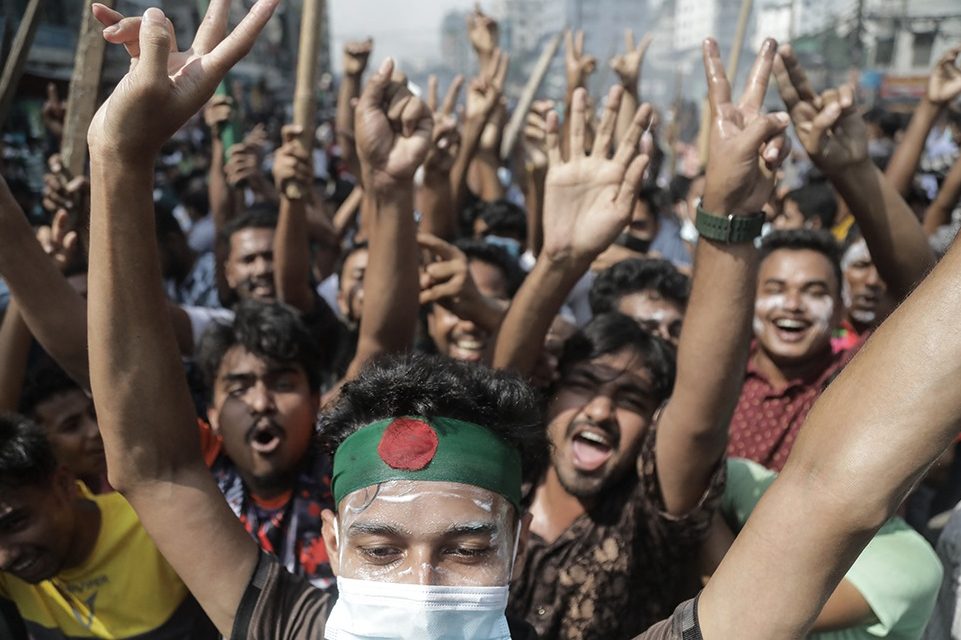






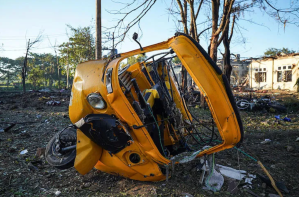

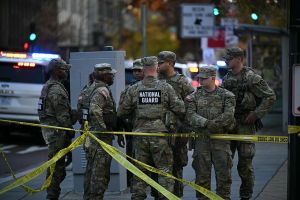
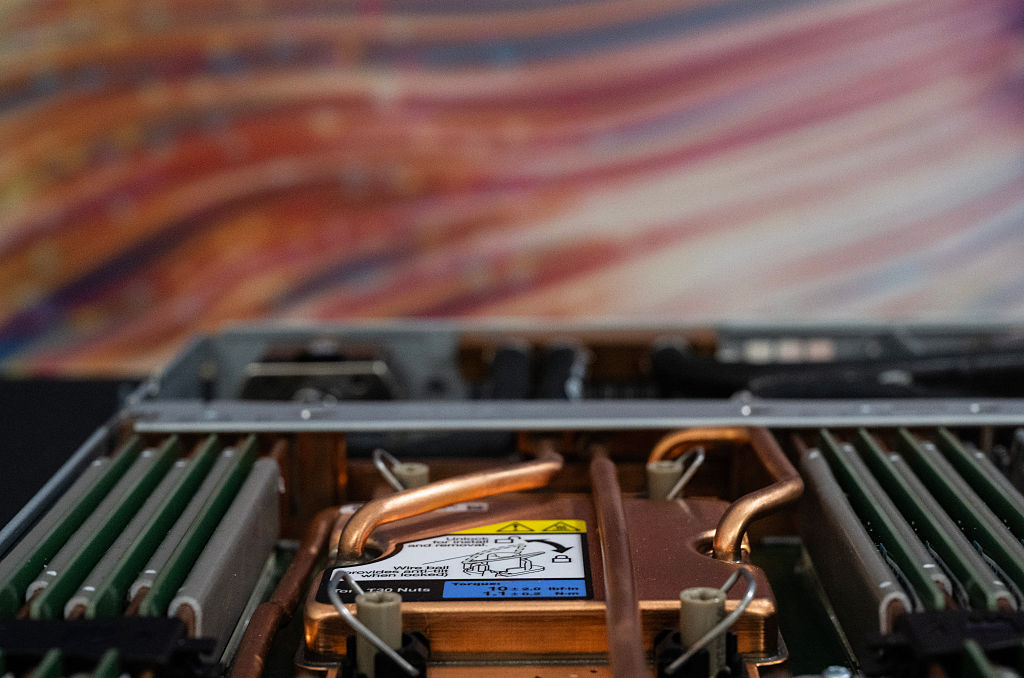
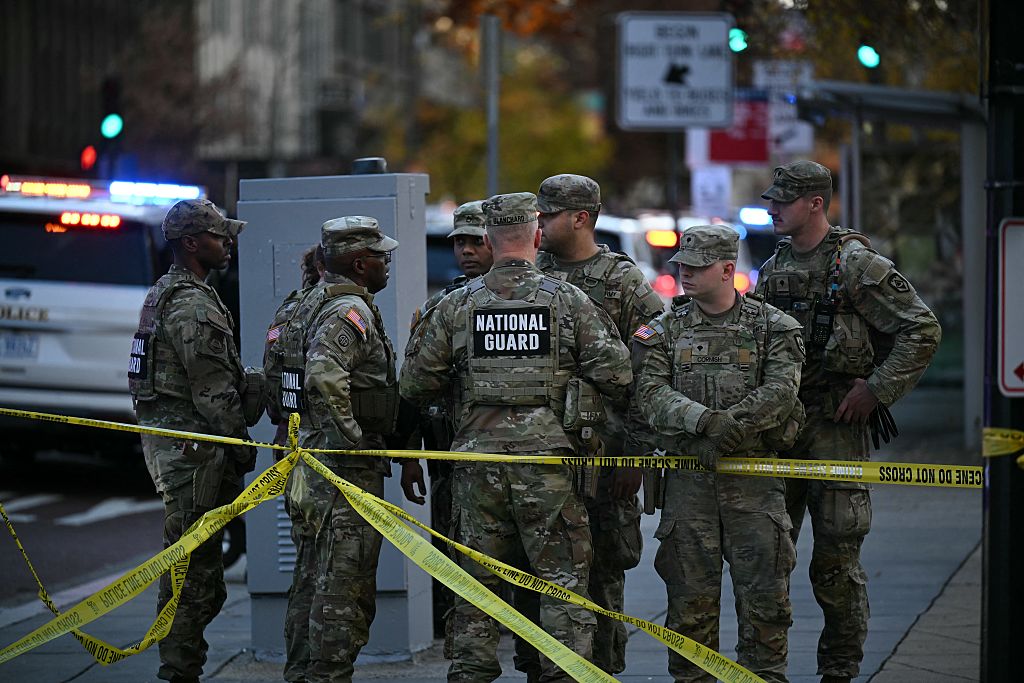


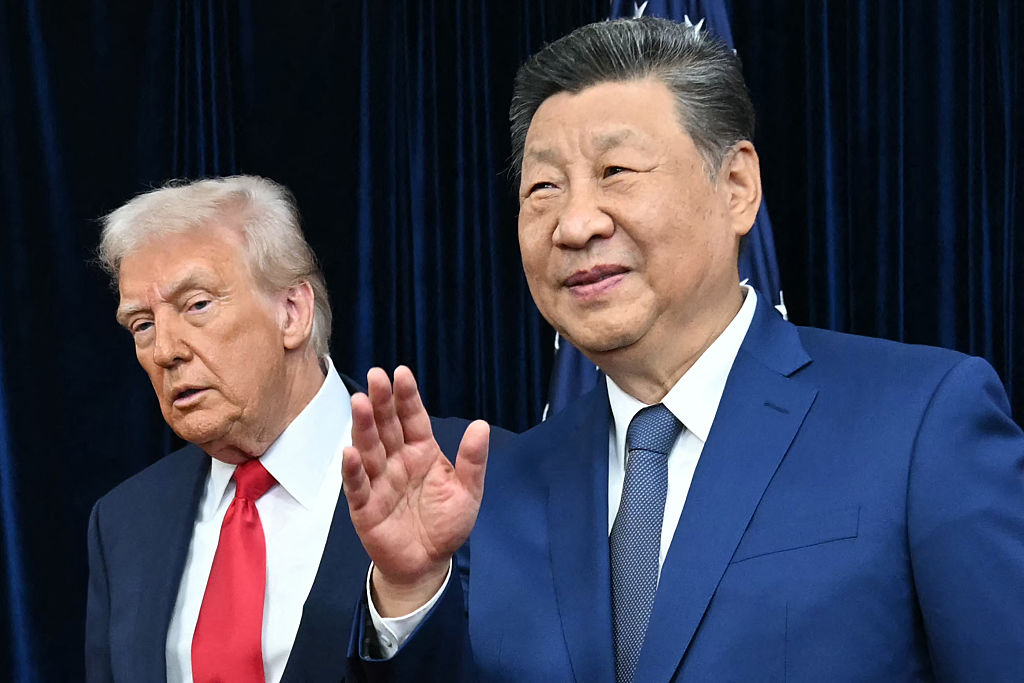
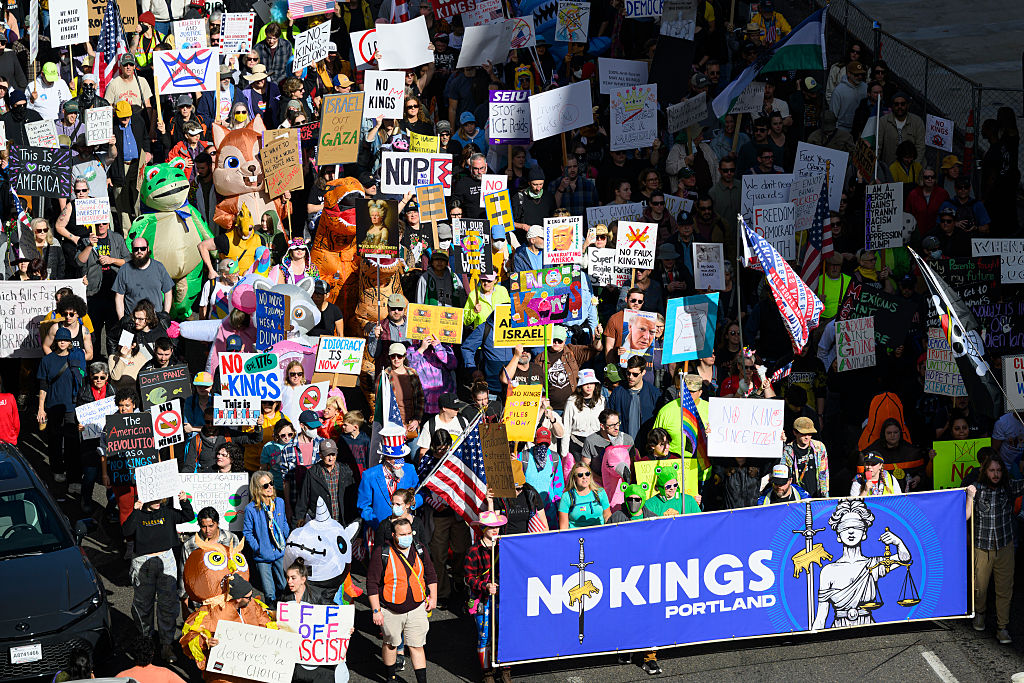







Leave a Reply